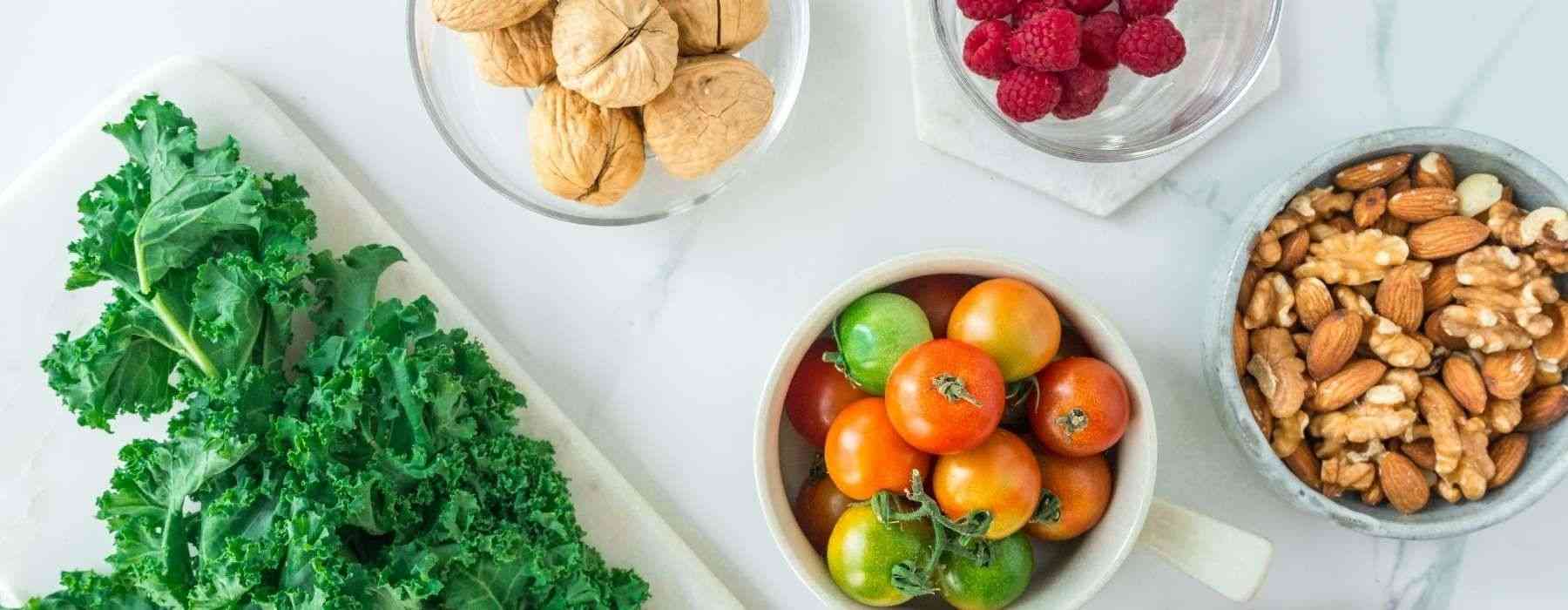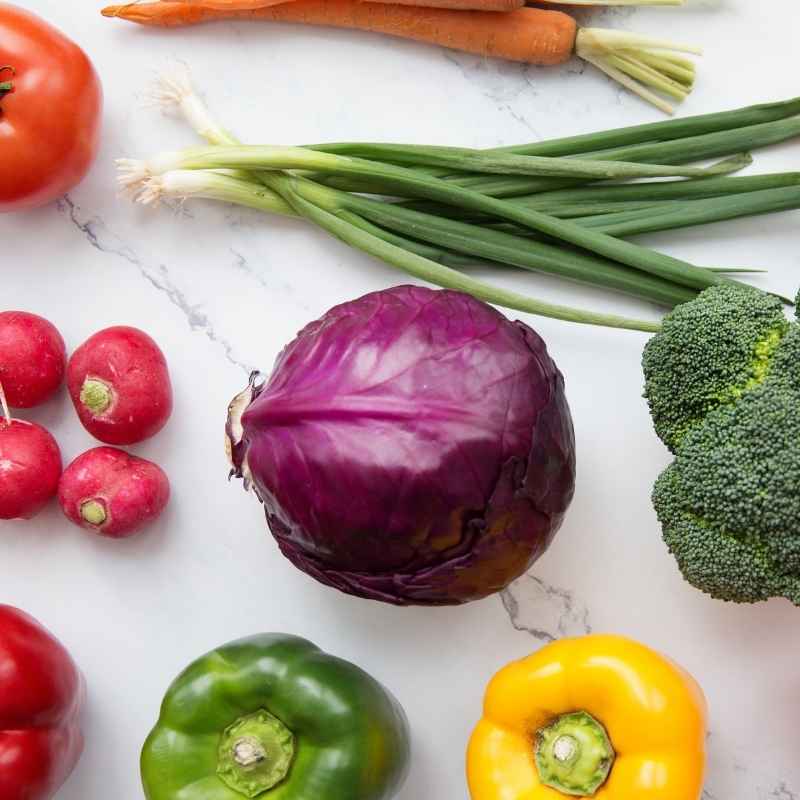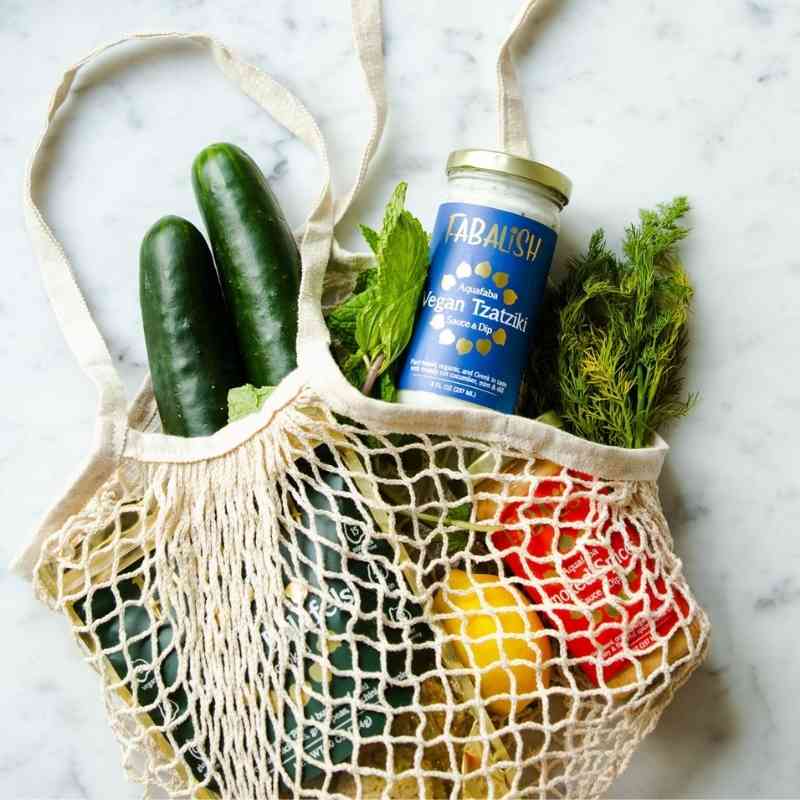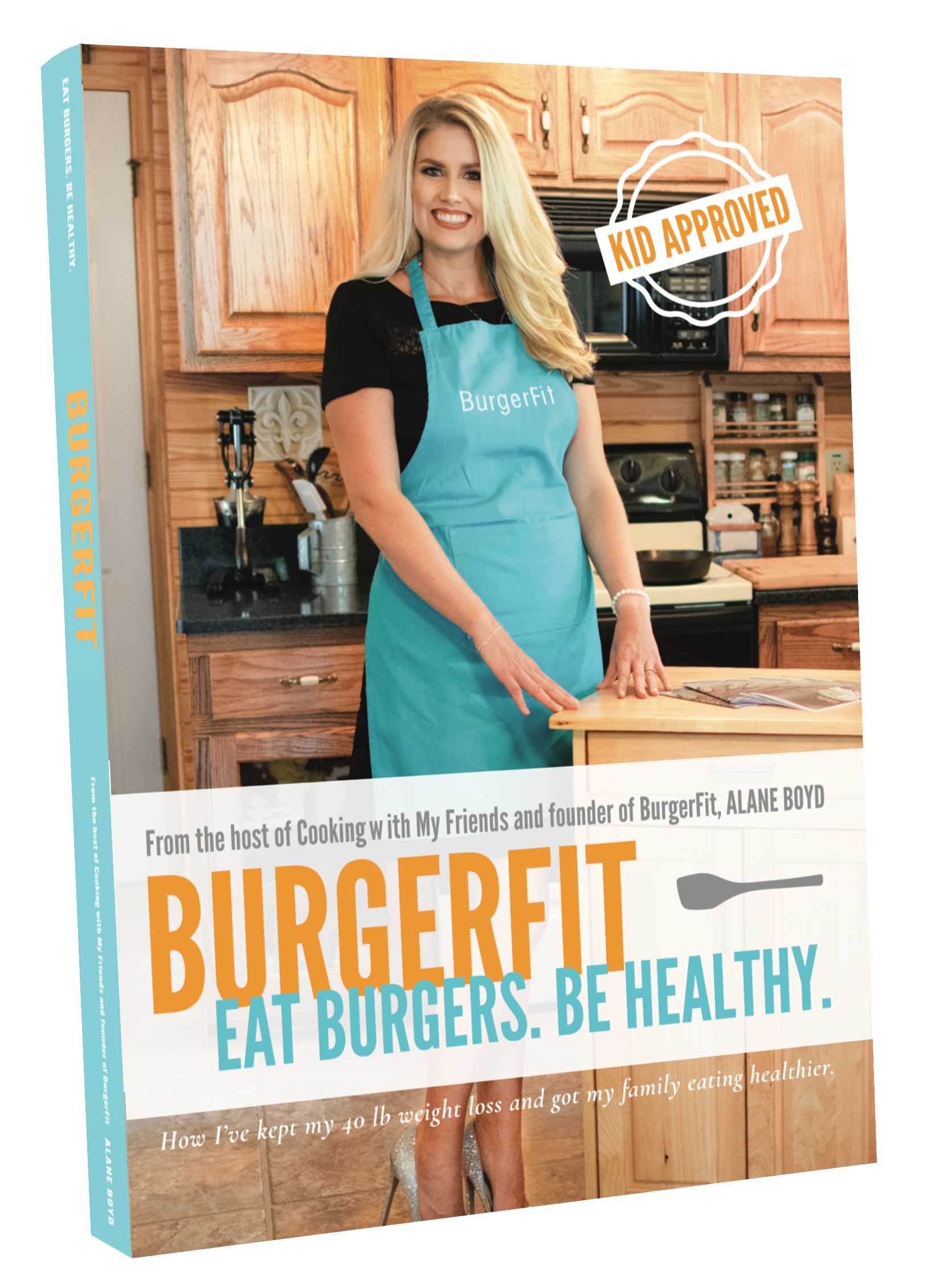This website earns income from affiliate links, ads, and sponsored content.
Healthy Eating On A Budget
With a new year in full swing, many of us are adopting healthy eating habits to get our lifestyle in check again, or maybe for the first time! When you switch to eating healthier, your grocery shopping habits will likely change quite a bit. It may feel overwhelming at first looking for new recipes or trying to find the right product in the grocery store. But it also may feel daunting because of the cost perceived with eating healthier. You’ll be relieved to know that eating healthy and organic doesn’t have to bust your budget! There are many ways to save money and stay within your budget. You may need to make some adjustments or sacrifices to pull it off, but the more you do it, the easier it will become. Here are some ways you can plan for healthy eating on a budget.
Plan your meals beforehand and stick to your grocery list
It will definitely take you some to plan out your meals for the week if you don’t normally. But we promise it will be worth it! Scour the internet, Pinterest, and Instagram for recipes that you want to make throughout the week. We love recipes from Whole30, The Real Food Dieticians, Danielle Walker, and of course BurgerFit! Make it easier on yourself by cooking dinner every other night and making enough for lunch and dinner the night you’re not cooking. Once you have your meals picked out for the week, make a list of everything you’ll need to buy at the grocery store, including breakfast ingredients and snack items. Then treat that list like it’s been written in stone and don’t deviate from it at the store! Eventually, you’ll see a difference in your grocery budget when you’re not adding extras to the grocery cart each week.
Shop by the Dirty Dozen and the Clean Fifteen
Each year, the Environmental Working Group releases a list of the foods that contain the most pesticide residue and the foods that have the least. This can inform your shopping choices and help you decide what produce items you definitely want to purchase organic and which ones you’re probably okay to buy conventionally. Berries, tomatoes, and apples are at the top of the dirty dozen and we’d recommend buying these items organic to reduce your pesticide exposure. But food items like onions, avocados, and broccoli contain less pesticide residue and you can buy conventionally to save some money! The list can slightly change from year to year so always check back. Until they release the lists for 2021, here is the Dirty Dozen list and Clean Fifteen list for 2020. They’ll even send you a free digital copy of the lists via email so that you always have them on hand!
Purchase fresh produce when it’s in-season
Shopping for produce that’s in season is cheaper because it’s growing more abundantly at that time, and there are fewer miles and costs required to get it to your grocery store. It’s also going to be more flavorful because it’s fresher! What’s in season will also depend on where you live. A good way to get a general idea of what’s in season is to look for what’s on sale at the grocery store. Out of season fruits and veggies will be scarce and have a higher price tag, while in-season fruit and veggies will be plentiful and often on sale or be priced really well. Or look it up ahead of time and plan your meals around what is in season. Remember, if you can’t get something fresh, there’s nothing wrong with opting for a frozen bag of strawberries or cans of green beans. Just look for organic or non-GMO labels with no preservatives added and cans that are non-BPA.
We love using the Seasonal Food Guide from FoodPrint to help us shop for in-season produce.. They have an awesome app that’s perfect for on-the-go shopping.
Choose your grocery store’s organic line instead of the “brand name” products
If you’ve spent any time on Instagram or Pinterest, you’ve probably seen perfectly laid out pantries and refrigerators stocked full of brand name food items from almond milk, to cheese, to sparkling water. But you can get quality organic products for cheaper by choosing your grocery stores organic line instead of the brand name food items. They may not look as pretty, but who cares if you’re saving money and still eating great! You can get a good idea of what your grocery store’s organic line is because you’ll see the brand throughout the store. Here are a few:
- Kroger Co.: Simple Truth Organic
- Walmart: Great Value Organic
- Aldi: Simple Nature Organic
- Albertsons & Safeway: O Organics
Save the meat for dinnertime
Good quality meat is expensive, but we buy it because we know it’s worth it for the environment and for our bodies. If you’re not interested in going full vegetarian, opt for a compromise. Save your meat-eating for dinnertime keeping lunch and breakfast vegetarian. Choose options like homemade granola (get Fletcher’s easy and healthy recipe below!), eggs, veggie & hummus wraps, and salads with chickpeas and high-protein seeds for breakfast and lunch. When it does come time to prepare meat for dinner, make it go further by making BurgerFit burgers – you’ll get an extra burger per pound of meat and be able to sneak some veggies into your family’s diet without them realizing! Get our top BurgerFit recipes here!
Keep a list of the cheapest place to buy your staple items
Ever go to a grocery store and see the same product for way cheaper than you’ve bought somewhere else? It can be frustrating to know that you spent even a couple extra dollars on something you could have gotten for less. Start keeping a list in the apps note on your phone of the cheapest place to get some of your staple food items so you can maximize your grocery budget. This one may require a little more time as you’ll probably need to go to multiple stores to complete your grocery list, but if you’re keen on saving money on groceries then it will be worth it! And if you stick to your list and don’t do extra perusing, you may find that you’re able to go to all your stores in the time that you used to spend at once! This idea works well if you can get multiple items from each store, if you’re having to go way out of your way for one item, this may not be the best option for you.
Change your mindset: Dinner doesn't have to be a meat and three
We need to change our mindset of what a typical dinner looks like. It doesn’t have to be a meat and three! Trust us, your family will be fine (and maybe even excited!) to have scrambled eggs and toast for dinner once in a while. Or try a one-pan dish and combine your meat and veggies together (and have less dishes to wash!). Not only will it probably save you time, but it will also save you money by not serving a 4-ounce portion of meat for everyone at the dinner table.
Buy in bulk
If you’re fortunate enough to live near a warehouse Club such as Sam’s Club or Costco, take advantage of buying bulk food items that you use regularly or go through quickly. Items like milk, pasta, and meat can be purchased for a much cheaper price at these warehouse clubs. While you’re paying an annual membership fee, if you’re able to get numerous items that you use a lot you’ll find that the membership pays for itself.
Make your own condiments, sauces, and salad dressings
Store-bought condiments can be expensive, especially if you’re getting a high-quality brand. If you can afford some extra time in the kitchen, you can make your own salad dressings and condiments for way cheaper than you can buy them at the store. Plus, you’ll be able to control exactly what is in it and leave out anything you don’t want. So many of us are pressed for time and we understand! Only you will be able to decide what you’re able to take on. But if you’re able, you’ll be able to trim your grocery budget and you’ll always have a dressing on hand!
Need some ideas on where to start? Check out our recipes for:
Instead of buying pre-packaged foods, try making them at home
This is another tip where time is going to be a major factor. But if you’re able, you’ll save lots of money by making things like hummus, bread, breakfast sausage patties, pesto, and bone broth at home! Make an extra batch and throw it in the freezer for later so you can have quick, healthy food readily available when you need it!
We know the time and dedication it takes to transition your family to a healthier lifestyle. It won’t necessarily be easy, but it will always be worth it! We hope that these tips and tricks can help as you continue on your health journey or start it for the first time.
We love sharing content that helps moms and families eat healthier so follow us on Facebook and Instagram if you like what you read here!
Need motivation and help with your health journey?
The Small Steps Planner is an undated planner designed to boost motivation, bring awareness to bad habits bringing you down, and keep you on track with your health goals. Take charge of your health this year. Order The Small Steps Planner here!
Just getting started with healthy eating in your family?
The BurgerFit cookbook has 20 burger and meat recipes that will get your family eating vegetables without the dinnertime battle. Delicious, healthy, and familiar, our BurgerFit burger recipes make healthy eating easy and fun. Order the BurgerFit cookbook here!




